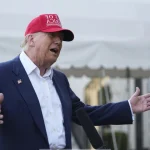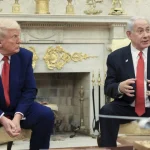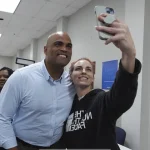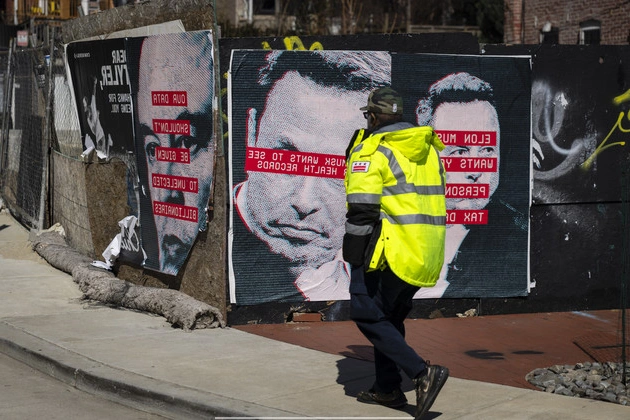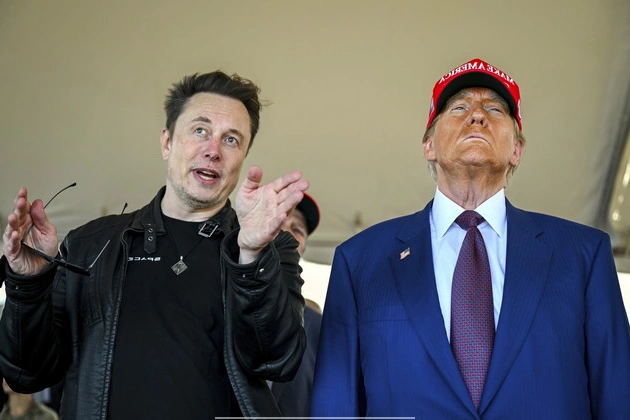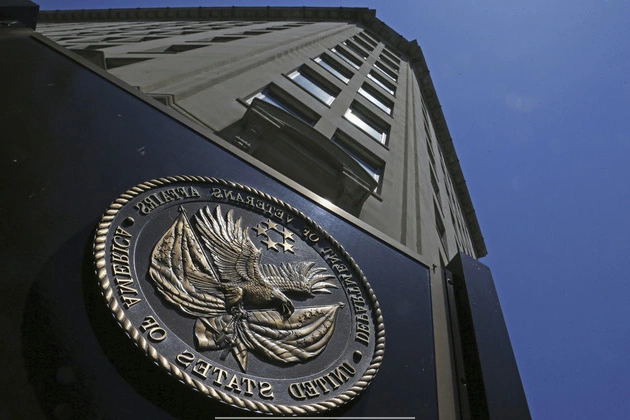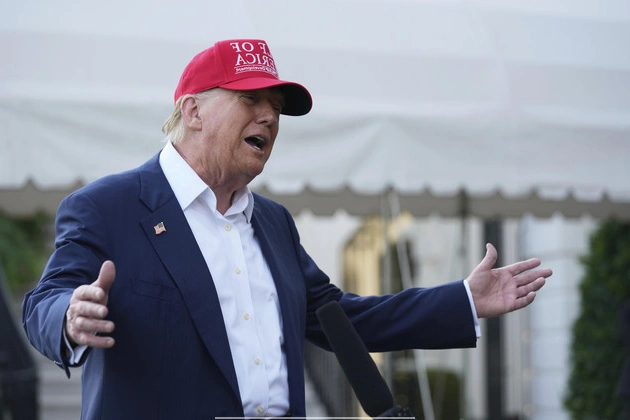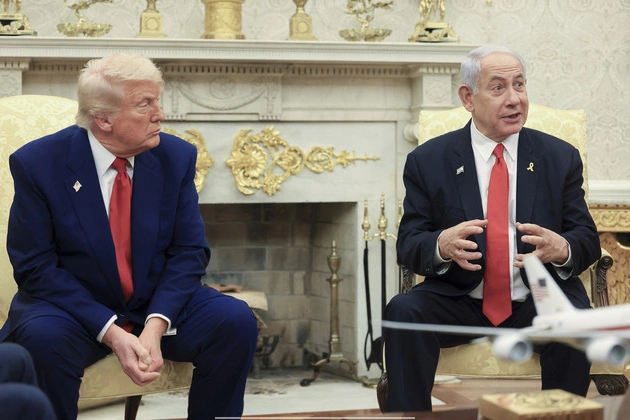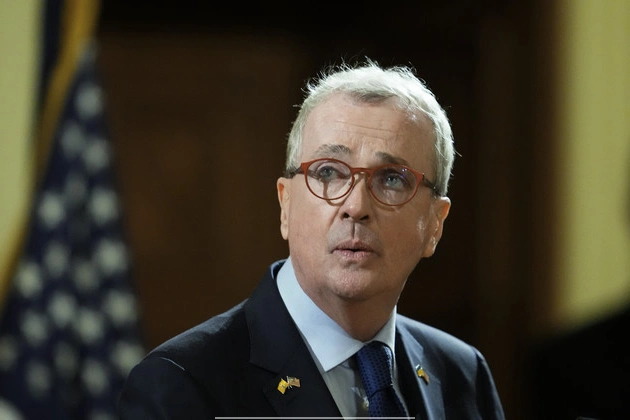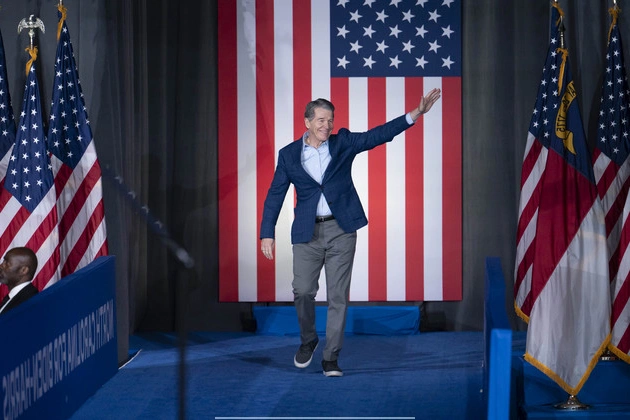
Trump’s Impact on Port Labor Dispute: A Closer Look at Labor Policies
President-elect Donald Trump’s intervention in the port labor dispute has sparked debates about his impact on labor policies and relationships with unions. By siding with the dockworkers’ union against automation, Trump managed to avert a major strike and secure a deal between the International Longshoremen’s Association and port operators.
Trump’s Strategy and Union Reactions
Trump’s vocal opposition to replacing workers with machines positioned him as a champion of blue-collar workers. His stance, however, has divided union leaders, with some praising him as a friend of organized labor while others remain skeptical due to past policies and alliances.
Despite criticisms, Trump’s support for the ILA and rejection of automation have reshaped the dynamics of the labor dispute, raising questions about the future of labor relations under his administration.
Implications for Labor Policies
The port labor dispute highlighted the complexities of balancing labor interests with corporate demands, especially in industries susceptible to automation and foreign competition. Trump’s involvement underscored his populist agenda and protectionist stance on American workers.
As Trump navigates labor issues, his relationships with unions, business leaders, and political figures will continue to shape policy decisions and labor dynamics across different sectors.
Union Strategies and Future Outlook
Union leaders’ responses to Trump’s involvement in the port dispute reflect a broader concern over the administration’s approach to labor rights and priorities. The evolving landscape of labor relations under Trump’s presidency raises uncertainties and challenges for unions seeking to protect workers’ interests.
Despite the mixed reactions, Trump’s impact on the port labor dispute serves as a case study for future labor negotiations and the intersection of politics, business, and worker advocacy.
